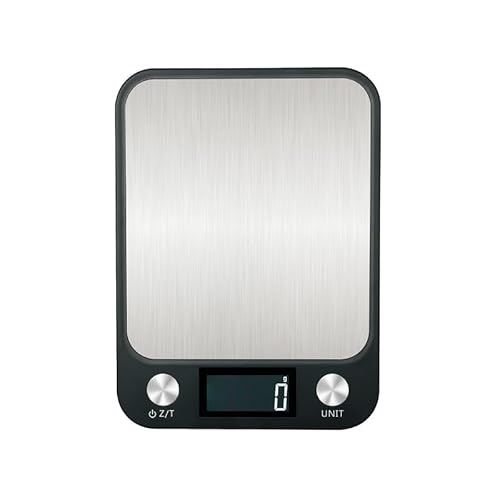Hey Irishlass! Sorry to bother you once again, but whenever i hear so nice comments about your recipe,i want to give it another try..i made four batches using your recipe,but none looked good as yours in the pic..neither my stages go as mentioned by you.. i followed each and everything as guided by you..but i dont know what goes wrong.. as i stir my mixture,it turns into a white paste after sometime.. twice i cooked it till gel stage,but this time i left it as it is to see if it turns into Vaseline like itself..but nothing happened after around 12 hours..so i cooked that also till Vaseline-honey like..but when i used water at 75% of paste,it again got thick white..i added little more water and it turned dark amber colored liquid.. not much thick.. so i wonder if my oils are not good or may be i added more water..or my lye is not good? I used coconut oil that gets hard at low temperatures, pomace olive oil,and castor oil..my lye was 85% pure.. so i used this calculation- please check it -
For 500 grams i used
Castor oil-50g, coconut oil-125g, olive oil-325g, water-159g, glycerin-150g(total liquid-300g), lye-117g..
I got paste weight as 842 g, so i multiplied by 0.75, that gave 632 g water.. but it got thick,so i added 180 g more water..thats it. I wanna give it one more try

Hi Shaan!

Just wanted to clarify to one and all that I don't take any credit for the formula of 65% OO, 25% CO 10% castor. That honor belongs to Carrie Peterson (aka 3bees~1flower) who came up with it and graciously shared it on YouTube. Just thought I'd mention that since it keeps (mistakenly) getting attributed to me and I just want to give credit where credit is due.

Well, moving on- Shaan, could you write out the exact procedure of how you are going about it step by step? That would be so very helpful in helping me to help you troubleshoot.
You said you followed each and everything as guided by me....
In the beginning of this thread, I posted about using 100% glycerin in which to dissolve the KOH, and then much later on I experimented with dissolving the KOH in water first and then mixing it with the full amount of glycerin that I normally use- two different methods. From your water and glycerin amounts that you posted, it looks like you might be using my second, experimental method? I just want to clarify whether or not that is so. It will be very helpful to me to know for sure.
I looked over your recipe amounts and typed them into the calculator that I use for my liquid soaps (SummerbeeMeadow's Advanced
lye calculator) and it shows me that your liquid amount is lower than it should be for your recipe amounts of oil and KOH if you were to have used the 3% superfat that I always use, which may be the cause of some of your problems. Liquid amounts are very important.
If you don't mind me asking, which
lye calculator do you use? As I stated above, I myself always use Summerbee's Advanced calculator (
http://summerbeemeadow.com/content/advanced-calculator-solid-cream-or-liquid-soaps ) because it gives me a higher, much more successful/workable liquid-to-KOH ratio than other calculators.
Also, I noticed you used pomace olive oil instead of regular olive oil. I've never used pomace myself, so that may or may not also be a factor, I don't know for sure. I always use regular olive oil (Kirkland brand from Costco).
Anyway, using the oil amounts that you posted (and making sure to account for pomace instead of regular olive oil), this is what SummerbeeMeadow's advanced calculator gave me for the KOH and liquid amounts if it were to be superfatted at my usual 3%:
KOH- 105g
Total Batch Liquid (i.e., just the 'up-front' amount of liquid it takes to make the paste. It does not include the dilution water)- 315g
In comparison, the KOH amount that you used was 117g- a difference of 12g
more than I would use. And the total batch liquid you used to make the paste was 300g- a difference of 15g
less than I would use.
If it were me, I would try making the recipe with same oil amounts you posted, but with 105g KOH and 315g total 'up-front' batch liquid (as glycerin) instead.
IrishLass













































